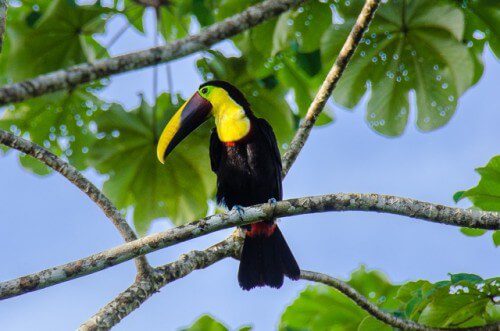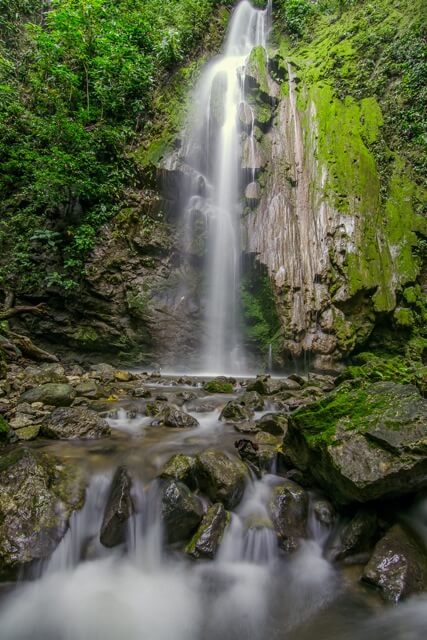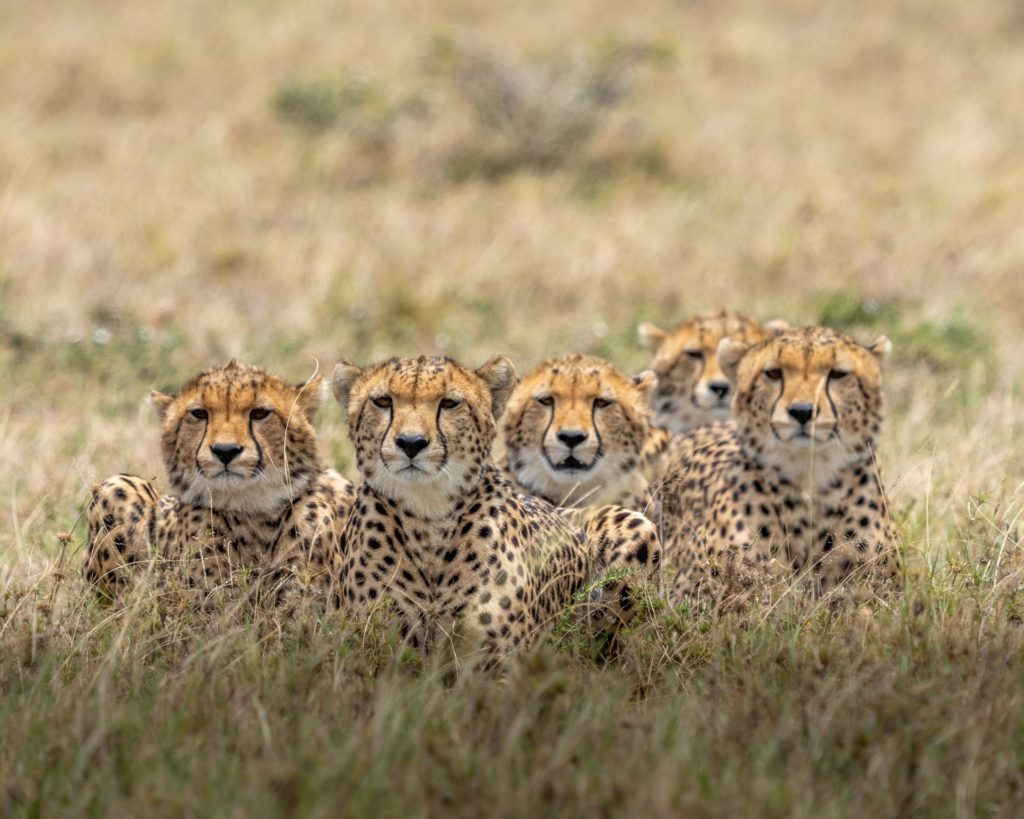When we get to plan our vacations around photography, life gets a little bit better. Now combine your photography passion with an epic destination like Costa Rica led by seasoned, acclaimed global photographers. Add another element – building a few new “PFFs” (Photography Friends Forever) from multiple countries. And lastly, toss in a plethora of diverse, creative images plus new skills to your personal portfolio.
This magical combination is what you can and should expect when you select the right workshop for your needs. You'll find experienced instructors who readily offer relevant suggestions and hands-on coaching from camera settings to post processing.

Settings for the macro caterpillar image using my 105mm macro: ISO 250, f/9, 1/80 seconds.
I recently attended two workshops in the past few months. In December, I ventured to Costa Rica with Richard Bernabe and Ian Plant for their “Epic Destinations” workshop in the Osa Peninsula Rainforest. In October, I went to Richard's “Fall in the Great Smoky Mountains” 3.5 day workshop, I'll be doing a subsequent article on this workshop soon.
Norman Vexler, who I met during the Costa Rica workshop, will also share his experiences and images in this post. Norm is an experienced 20-year underwater photography veteran who has traveled extensively across the globe for underwater photography destinations and quite a few above sea level too. We'll also offer workshop selection tips.
Costa Rica
Ian and Richard selected the Bosque del Cabo Rainforest Lodge, an eco-friendly resort. The setting was filled with rich green gardens, tall, tropical trees and an overlook of the warm Pacific Ocean from each bungalow. The staff, the food, and amenities were incredible.
There were a number of varieties of animals that while exotic to us, were native to the area and could be readily photographed. Ian and Richard arranged for Bosque del Cabo's friendly, knowledgeable local guides to take us to see Caiman Crocodiles in addition to other wildlife and island sites. One caiman was kind enough to display his pearly whites for me. Special thanks to Ian on this one. He was standing closer to the Caiman than I was!

Since it was in a dark, overcast area, I used a speedlight with the light bouncing off the leafy canopy above me. Settings were ISO 320, 150mm, f/10 1/60 seconds.
From four species of monkeys to colorful, vibrant birds, frogs and caterpillars to flowers – the photographic world was always a few feet away. A rigorous walk down to the ocean was available for those in the group that chose to partake in photographing the sunset on the Pacific with Richard and Ian.


Monkey Photography
Norm shares, “With their great experience in photographing wildlife, Ian and Richard were able to guide us through this amazing environment and help us get the best shots possible especially with monkeys! The first day of the workshop, we encountered Howler monkeys. Actually, they woke me up around 4:30 AM with the most horrific sounds you could possibly imagine. I had never heard any sound like this before in any natural setting and their howl could have come straight out of a “Lord of the Rings” movie! It was eerie and supernatural at the same time.”
The next morning these Howler monkeys roamed through the trees right on the resort grounds and the workshop group was close enough to get some excellent photos. Norm's photo of a mother and her baby was backlit by the morning sun.

This shot used a Nikon D7000 with an 18-300mm zoom at 300mm, handheld.


The monkeys moved quickly and deep in the branches but when they did come out for a brief time, you had to act fast and take the shot!
The capuchin's were anything but posers. We got our best shots of these little guys handheld.


Birds & Wildlife
Bird with feathers and faces of many colors flew from tree to tree. Toucans, hawks, parrots, owls with brilliant vocal and visual displays emerged quickly and from nowhere only to be within photographic distance away.
Norm's white hawk was majestic against a bright blue sky.

A yellow-headed caracara maintained that raptor hunting face at all times.

And toucans, with their comical faces, were a favorite subject for the group.

A Bare-throated Tiger Heron appeared early in the mornings.

Night Photography
Night photography erupted with another view of the rainforest with colorful frogs and cute little bats. Ian and Richard arranged for a thirty-year island veteran to lead this night walk. While the island and creatures are beautiful, they can be dangerous. Poisonous snakes are on the island and our guide knew the safe night viewing areas and what to look for to keep us out of harms way.

Waterfalls
One of the group's favorite epic moments was on the last day of the workshop. Ian led a few of us through the steep trails and streams within the rainforest to a beautiful waterfall. Ian offered suggestions on camera settings and composition to take full advantage of the raging waterfall.

Finding and Selecting a Workshop That's Right for You
Your time is precious, and to ensure you maximize your investment here's a few tips in finding your right workshop:
- Research the instructors and see their work. Do their images, their blogs inspire you to try something new and different?
- Reach out and connect with one if not both (if there is more than one) to see how engaging and responsive they are to your questions.
- What is the size of the group? If it is large, will you get to spend valuable coaching time with the instructor? If it is a small group, what activities are planned and what additional activities are available in the event you want to do some exploring on your own?
- If you want one/one time, will they make that available to you?
- Explore the website of the location where the workshop is located so you'll know what to expect
- Some destinations may require medical shots, reach out to your local travel medicine center to know what medicines, vaccines or shots are recommended well in advance.
- Have your instructors been to the area prior? What does the agenda look like and is it flexible in the event of unpredictable weather?
- What is the fitness level required to get your desired shots? If hiking or stairs may pose a limitation for you that would be disappointing after you arrive, ask in advance!
- Trips on small, local planes, have very specific weight restrictions and potentially unpredictable schedules. Be sure to allow for plenty of layover time. We arrived one day in advance of the departure to the workshop.

An additional note, I thoroughly enjoyed the workshop and would highly recommend exploring new locations, countries, in a safe, fun group environment. Richard and Ian's workshop met my expectations and then some. My only wish is that I would have stayed a few extra days after the workshop to go back and capture more images using the blend of the learnings and my personal style. But, there's always next year!




